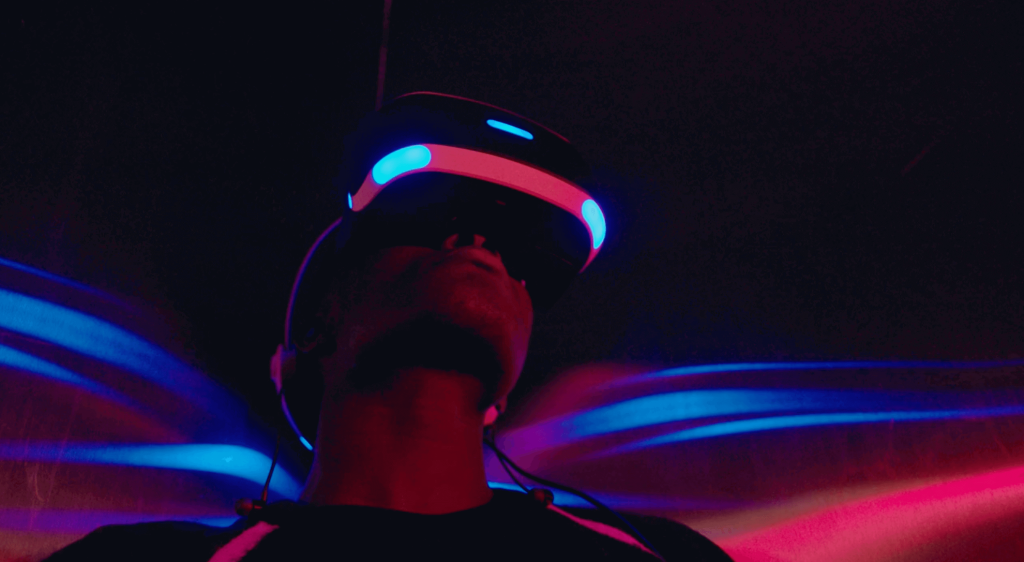As the artificial intelligence landscape continues to evolve, new breakthroughs and applications emerge at a staggering pace. From language models to robotics and cognitive enhancements, AI is transforming various sectors. This article delves into three significant developments in AI: the T5 model, soil health robots, and advancements in augmented cognition.
.
**Transforming Language Processing with T5**
One of the most notable advancements in natural language processing (NLP) is the introduction of the Text-to-Text Transfer Transformer (T5). Developed by researchers at Google, T5 redefines NLP tasks by framing them as text-to-text problems. This innovative approach allows T5 to tackle a diverse array of language tasks—ranging from translation and summarization to sentiment analysis—by treating each task uniformly as a text generation problem.
.
The T5 model operates on the principle that all text-based tasks can be converted into a format where both inputs and outputs are string representations of text. By doing so, T5 simplifies the architecture required for a wide variety of tasks, making it easier to train models on extensive datasets. Utilizing the transformer architecture, T5 has leveraged the vast resources of the Common Crawl dataset, among other datasets, to achieve state-of-the-art results across multiple benchmarks.
.
In recent studies, T5 has demonstrated its capacity to generate coherent and contextually relevant text, outperforming many earlier models in benchmarks like GLUE, SuperGLUE, and SQuAD. With its versatility, T5 has opened avenues for more interactive AI applications in chatbots, automated content creation, and even in areas like scientific research where generating insights from textual data is critical.
.
**Soil Health Robots: Revolutionizing Agriculture with AI**
In the realm of agriculture, the integration of AI has led to the development of soil health robots that optimize farming practices and contribute to sustainable agriculture. These autonomous robots are equipped with AI-driven sensors that monitor soil health in real-time, assessing parameters such as nutrient levels, moisture content, and microbial activity. This data-driven approach allows farmers to make informed decisions about crop management and resource allocation.
.
Startups like EarthSense and SwarmFarm are at the forefront of this technological leap. These companies utilize a combination of robotics, machine learning, and data analytics to enhance soil health monitoring. For instance, EarthSense’s “TerraSentia” robot employs advanced sensors to collect data on soil characteristics and crop performance. The insights gathered from these autonomous systems help farmers adopt precision agriculture techniques, optimizing fertilizers and water usage while minimizing environmental impact.
.
The benefits of soil health robots extend beyond mere efficiency; they also contribute significantly to sustainable farming. By promoting responsible resource usage and providing insights that lead to better crop yields, these systems address some of the critical challenges related to food security and environmental preservation. As the technology continues to advance, we can expect to see greater adoption of soil health robots across the agricultural landscape.
.
**AI and Augmented Cognition: Enhancing Human Intelligence**
Another promising intersection of AI lies in the realm of augmented cognition—using AI technologies to enhance human cognitive capabilities. This rapidly growing field is focused on developing systems that support and augment human decision-making, problem-solving, and learning processes.
.
Recent advancements in AI have paved the way for applications that can monitor user engagement and cognitive load, providing real-time feedback and personalized recommendations. For instance, AI systems can now analyze users’ neural data through brain-computer interfaces (BCIs) to gain insights into their cognitive states. This process allows for the design of adaptive learning environments that tailor educational content based on individual learning patterns and needs.
.
Moreover, organizations are exploring AI-driven tools to enhance workplace productivity and creativity. Systems like IBM’s Watson and Microsoft’s Cortana offer intelligent assistance that can help professionals manage tasks, analyze data, and generate ideas. By reducing mental burden and streamlining workflows, augmented cognition platforms enable individuals to focus on higher-order thinking and innovation.
.
The potential applications of AI in augmented cognition are vast. In healthcare, for instance, AI-enhanced decision support systems can assist physicians in diagnosing and treating patients by synthesizing massive volumes of medical data. As these systems become more adept at understanding human cognition, patients can expect more personalized treatments and better health outcomes.
.
**Challenges and Considerations in AI Development**
Despite the tremendous advancements in AI, significant challenges and ethical considerations must be addressed. One of the most pressing concerns is the potential for bias in AI systems, particularly in language processing models like T5. Ensuring fairness and equity in AI deployment is critical, particularly as these technologies become integrated into sensitive areas like law enforcement, hiring practices, and healthcare decisions.
.
Moreover, the implementation of soil health robots and AI in agriculture raises questions about data privacy and ownership. Farmers must consider who owns the data generated by these robots and how that information might be used. Establishing clear guidelines and regulations will be essential to fostering trust in these technologies.
.
In the context of augmented cognition, the ethical implications of BCIs and AI systems that monitor and influence human cognitive processes cannot be ignored. Privacy concerns and the potential for misuse of cognitive data underscore the need for robust ethical frameworks that protect individuals while encouraging innovation.
.
**The Future of AI: Opportunities and Innovations**
As researchers and companies strive to overcome existing challenges, the future of AI looks promising. The continued development of models like T5 will likely further enhance our ability to understand and generate human language, while soil health robots will play a crucial role in promoting sustainable agricultural practices around the globe.
.
Additionally, the integration of AI in augmented cognition has the potential to redefine human capabilities, enabling individuals to harness their cognitive strengths in new ways. As we move forward, the relationship between AI and human intelligence will continue to evolve, leading to coproductive environments where technology augments our abilities rather than replaces them.
.
In summary, the current advancements in AI—including the development of the T5 language model, the rise of soil health robots, and the application of AI in augmented cognition—reflect not only the vast potential of these technologies but also the responsibility accompanying their implementation. As the AI landscape expands, a collaborative and ethical approach to development and application will be vital for ensuring that AI serves humanity effectively and equitably.
.
**Sources:**
1. “T5: Exploring the Limits of Transfer Learning with a Unified Text-to-Text Transformer,” Google Research.
2. “The Role of Robots in Sustainable Agriculture,” EarthSense.
3. “Harnessing AI for Augmented Cognition in the Workplace,” IBM Research.

























